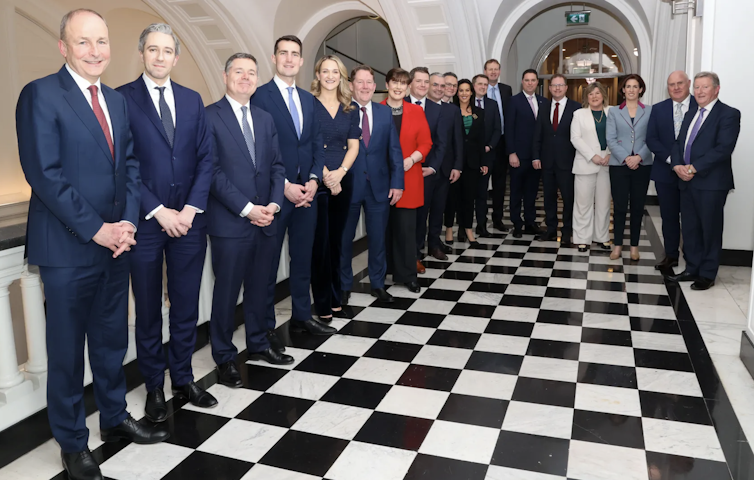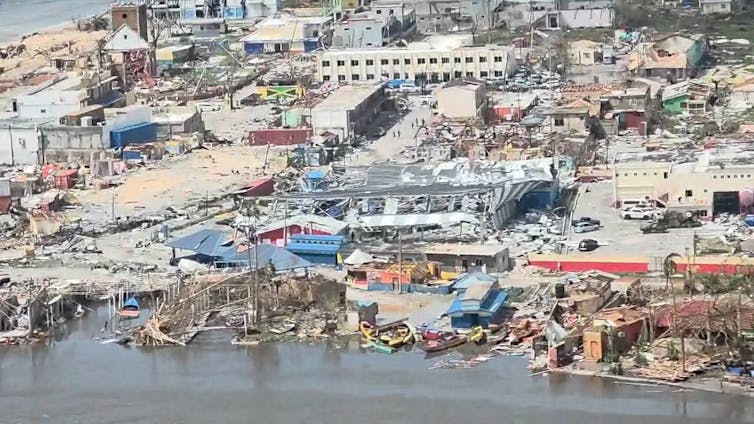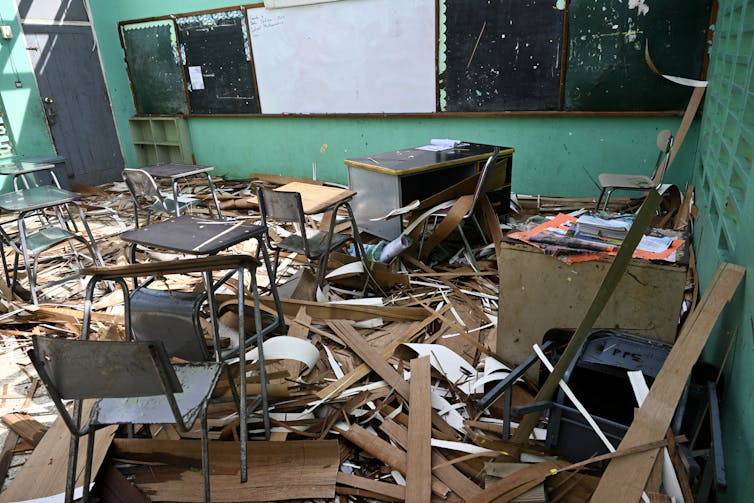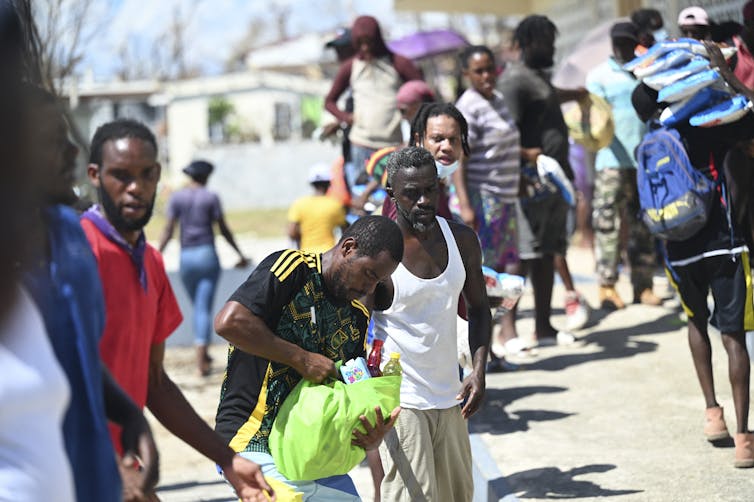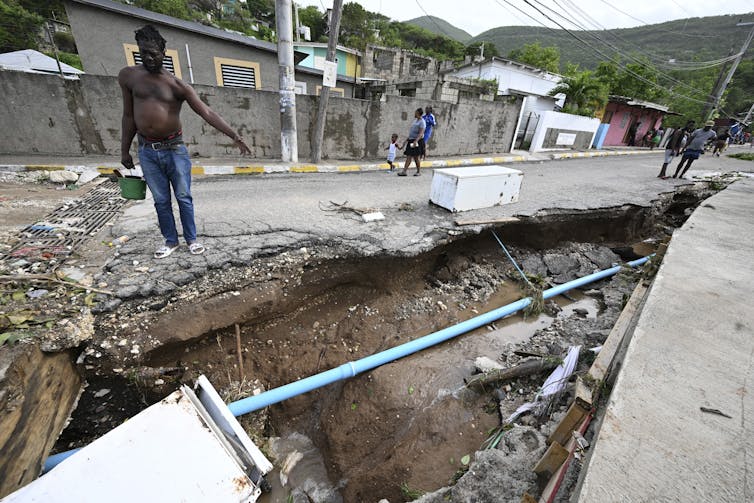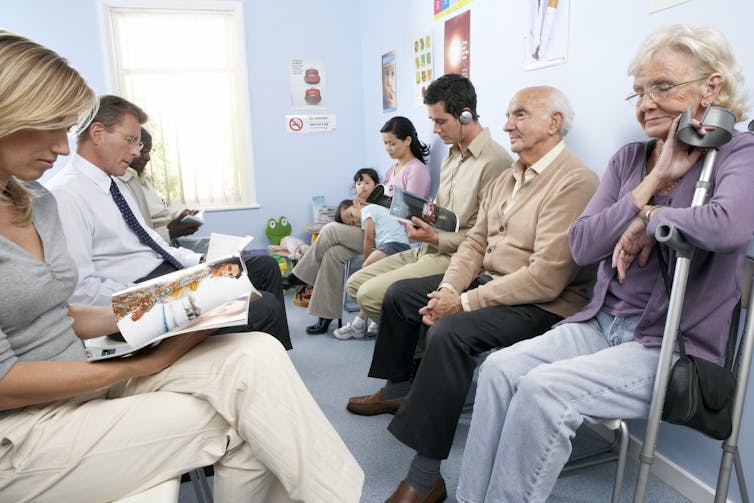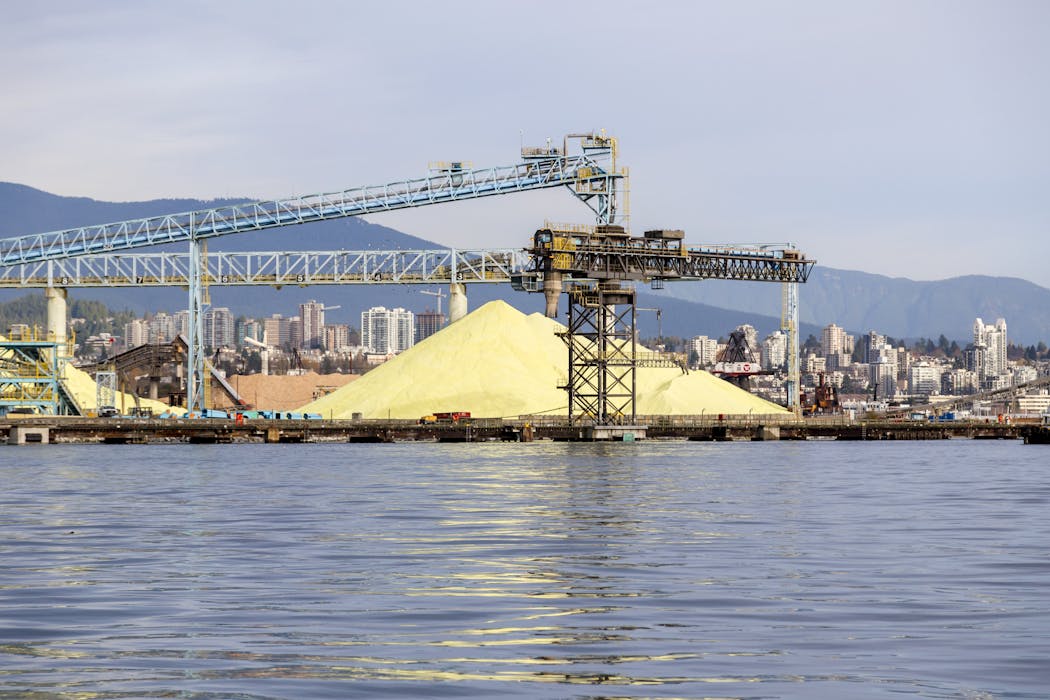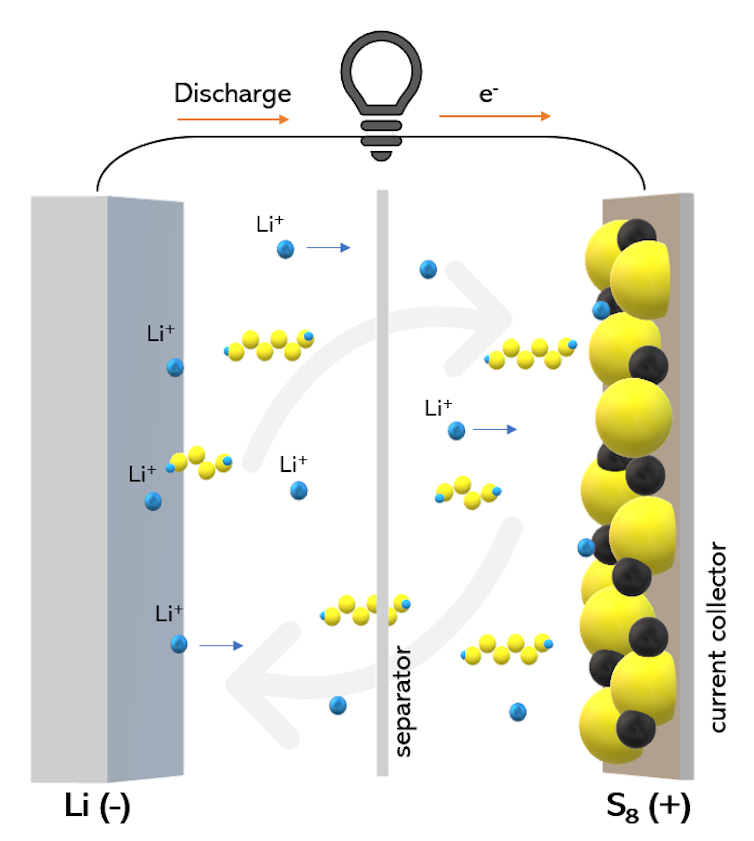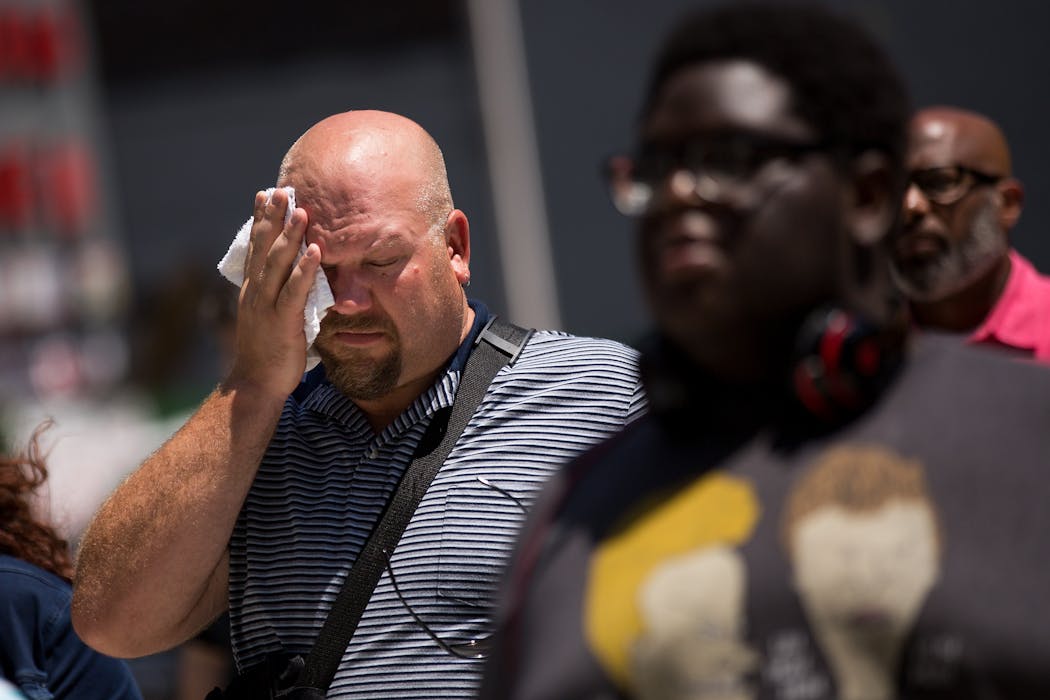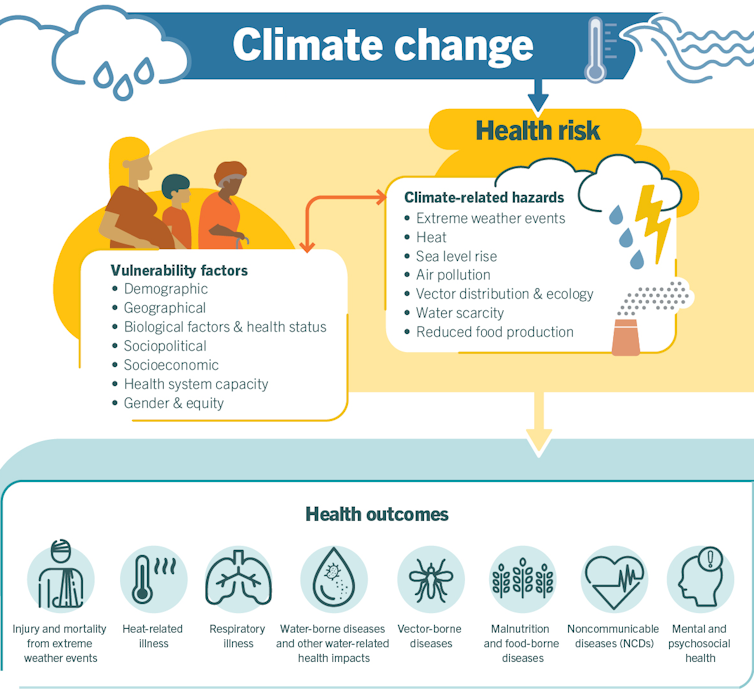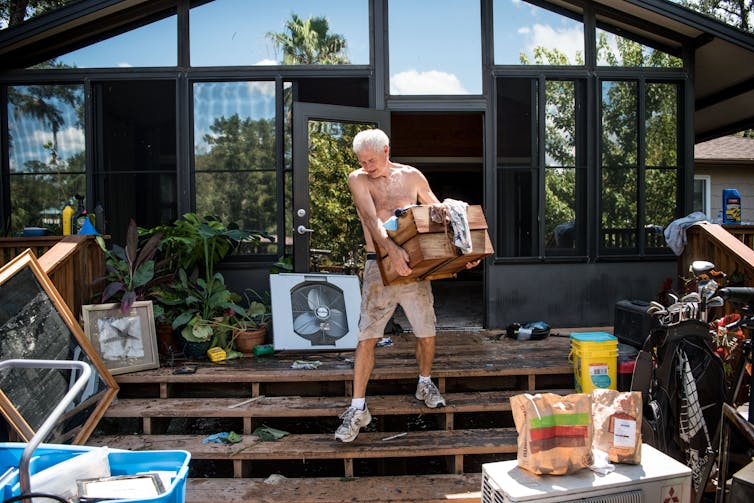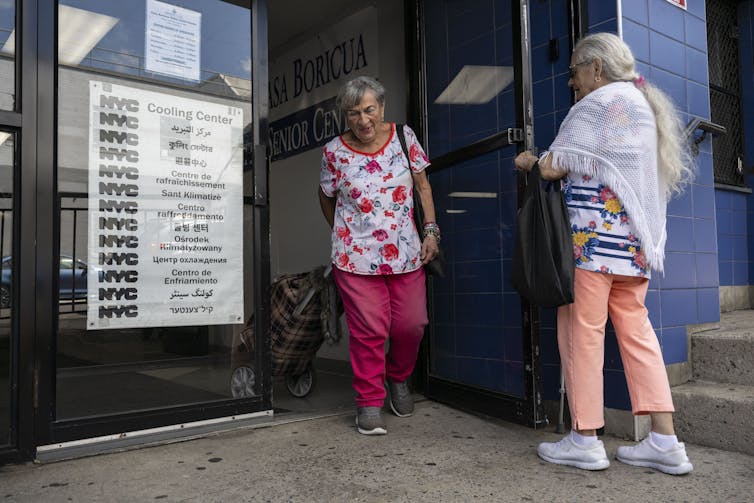Source: The Conversation – France in French (3) – By Francis Eustache, Directeur de l’unité Neuropsychologie et imagerie de la mémoire humaine, Inserm, Ecole Pratique des Hautes Etudes, Université de Caen Normandie, Université de Caen Normandie
En avril 2016, quelques mois après les attentats du 13 novembre 2015 qui ont endeuillé la France, démarrait un ambitieux projet de recherche, le Programme 13-Novembre. À l’initiative du neuropsychologue Francis Eustache et de l’historien Denis Peschanski, des spécialistes de tous horizons allaient travailler ensemble pour tenter de mieux comprendre ce moment traumatique et ses conséquences sur les individus et la société, sur le temps long. Une décennie plus tard, voici ce qu’il faut retenir de ces travaux dans le champ de l’étude de la mémoire traumatique. L’occasion de démonter quelques idées reçues.
Lorsqu’un événement traumatisant percute une société de plein fouet, pourquoi certains témoins vont-ils développer un trouble de stress post-traumatique, et pas d’autres ? Quels sont les mécanismes neurologiques à l’œuvre ? La façon dont est construite et évolue la mise en récit par la société peut-elle faciliter – ou contrarier – la guérison ? Autrement dit, comment s’articulent les mémoires individuelles, collectives, sociales (ou sociétales) ?
Pour répondre à ces questions, le Programme 13-Novembre a conjugué l’expertise de chercheurs de nombreux horizons : neurobiologistes, psychopathologues, sociologues, historiens, neuropsychologues, spécialistes d’intelligence artificielle, de big data, linguistes… Une décennie plus tard, leurs travaux ont permis de faire avancer les connaissances sur ces sujets. Avec l’espoir de mieux prendre en charge les conséquences des événements traumatiques, au niveau individuel comme au niveau collectif.
La mémoire n’est pas figée
Une erreur, en matière de représentation de notre mémoire, est de s’imaginer une sorte de système de stockage dans lequel seraient emmagasinés des souvenirs et des connaissances inaltérables, un peu à la manière d’un disque dur d’ordinateur.
En réalité, notre mémoire n’est pas figée. Nos souvenirs évoluent au fil du temps, en fonction des relations que l’on a avec notre environnement, de nos aspirations, de nos projets, de nouveaux événements qui surviennent autour de nous. Notre mémoire autobiographique, celle qui nous définit et se compose de connaissances générales sur nous-mêmes ainsi que de souvenirs stockés sur le temps très long, se construit en lien avec les autres et se modifie au fil de notre existence. En vieillissant, nous changeons notre perception du passé, car nos souvenirs évoluent au fil de nos relations, de nos rencontres, de nos convictions et de nos paroles.
Mais il arrive que la mécanique se grippe. En cas d’exposition à un choc intense, la mémoire autobiographique peut être bouleversée. Dans une telle situation, chez certaines personnes, la mémoire semble se figer : le traumatisme envahit l’ensemble de l’identité de la personne, phénomène qui transparaît dans son récit. C’est, de fait, ce qui arrive aux individus souffrant de trouble de stress post-traumatique, contraints de revivre en boucle des éléments saillants de l’événement qui a menacé leur existence.
Le symptôme principal de ce trouble est la survenue de ce que l’on appelle des reviviscences (ou des « intrusions ») : les personnes revoient des images (ou réentendent des sons, perçoivent des odeurs, etc.) de la scène du traumatisme. Il ne s’agit pas de « souvenirs traumatiques », comme cela est trop souvent écrit, mais elles « reviviscences de la scène sous forme de « flashbacks ».
Les intrusions ne sont pas des souvenirs
Les intrusions ne doivent pas être confondues avec des souvenirs, et encore moins avec des souvenirs flash (alors qu’ils constituent une manifestation inverse du fonctionnement de la mémoire). Le souvenir flash est un “vrai” souvenir, particulièrement intense: il nous donne l’impression subjective de nous souvenir très précisément de conditions dans lesquelles nous avons appris la survenue d’un événement marquant, qui nous a surpris et a déclenché en nous une forte émotion.
Les intrusions, elles aussi très émotionnelles, correspondent à des éléments disparates, désorganisés, chaotiques, très sensoriels. L’individu qui en est victime les perçoit comme si l’événement se produisait à nouveau, dans le présent (au contraire des souvenirs qui appartiennent au passé), ce qui empêche la blessure psychique causée par le traumatisme de se résorber. Pour s’en protéger, la personne développe des mécanismes d’évitement qui finissent par avoir un impact sur sa vie sociale (et ainsi la priver du soutien social). À quoi s’ajoutent les stigmates de la blessure psychique que sont les cauchemars, les sursauts, les troubles du sommeil, les pensées négatives, etc., et parfois d’autres troubles (comorbidités): dépression, anxiété, addictions…
Comment cette expression particulière de la mémoire traumatique, puisée dans l’horreur du passé et envahissant le quotidien, peut-elle à nouveau évoluer au fil du temps et retrouver sa plasticité ? Pour le comprendre, le Programme 13-Novembre s’est articulé autour de deux études principales : l’étude « 1 000 » (pour 1 000 participants) et l’étude biomédicale « Remember ».
Deux études pour mieux comprendre la mémoire traumatique
L’étude 1 000 a consisté à diviser les participants en quatre cercles, selon leur proximité avec les attentats du 13-Novembre. Le cercle 1 correspond aux personnes directement exposées aux attentats. Le cercle 2, aux personnes qui vivent ou travaillent dans les quartiers visés, mais n’étaient pas présentes au moment des attaques. Le cercle 3 est constitué par les personnes qui vivaient en région parisienne à l’époque (à l’exclusion des personnes des deux premiers cercles). Enfin, dans le cercle 4, on retrouve des personnes qui vivaient en province, plus précisément dans trois villes : Caen (Calvados), Metz (Moselle) et Montpellier (Hérault). Les personnes des cercles 2, 3 et 4 ont appris la survenue de l’attentat à la radio, à la télévision, par téléphone, sur les réseaux sociaux, etc.
Les participants ont d’abord intégré l’étude 1 000, qui consiste en des entretiens filmés, avec l’appui de l’Institut national de l’audiovisuel (certains extraits ont donné lieu à la réalisation d’un film 13-Novembre, nos vies en éclats).
Dans un second temps, 200 personnes (parmi les 1 000), appartenant uniquement aux cercles 1 (120 personnes) et 4 (80 personnes), ont intégré l’étude Remember. Elles ont alors bénéficié d’examens médicaux, psychologiques, et d’imagerie cérébrale (IRM) afin de décrypter les mécanismes impliqués dans le développement d’un trouble de stress post-traumatique (TSPT), ainsi que les éléments qui les renforcent ou les résorbent. Les objectifs de l’étude étaient ainsi de comprendre, à différents niveaux d’analyse, les facteurs favorisant le TSPT ou au contraire la résilience.
Dans l’étude Remember, le groupe des personnes exposées aux attentats (venant du cercle 1) a été subdivisé en deux sous-groupes, selon qu’elles ont développé un trouble de stress post-traumatique ou non. Les membres des deux sous-groupes ont ensuite été appariés en fonction de leur situation face aux scènes des attentats (dans la fosse du Bataclan, sur une terrasse, plus loin…) et de leur rôle (public, policiers, médecins, etc.).
Un défaut de contrôle des intrusions
Pour comprendre les mécanismes neurologiques à l’œuvre, les chercheurs ont eu recours à l’IRM de haute résolution. L’activité cérébrale des participants a été analysée pendant qu’ils se livraient à une tâche expérimentale appelée « think – no think ». Ce paradigme, adapté à la compréhension du TSPT par le chercheur Pierre Gagnepain au sein du laboratoire, consiste à faire surapprendre aux participants des associations entre des couples de concepts. Par exemple, le mot bateau et l’image d’une maison. Après cet apprentissage, quand le participant lit le mot bateau, immédiatement lui vient à l’esprit l’image d’une maison, de façon quasi irrépressible.
De cette façon, la survenue d’une « intrusion expérimentale » et éphémère est provoquée, mais sans réactiver le traumatisme, ce que nous voulions bien sûr éviter. Après toute cette phase d’apprentissage, les participants sont ensuite installés dans l’IRM. Lorsque le mot bateau leur est montré écrit en lettres vertes, ils doivent laisser s’imposer dans leur conscience l’image associée (celle d’une maison dans cet exemple). C’est la partie « think ». Si le mot est écrit en rouge, au contraire, ils doivent bloquer l’image de la maison qui survient. On mesure l’activité du cerveau dans cette situation précise.
Les résultats montrent que la capacité à réfréner les intrusions, qui permet la résilience, est liée à des capacités de contrôle de cette forme de mémoire reposant sur des structures en réseau coordonnées par le cortex préfrontal, situé à l’avant du cerveau.
Quand, dans l’exemple précédent, une personne résiliente cherche à repousser l’intrusion de l’image de la maison, toutes les connexions neuronales de cette zone se synchronisent avec d’autres structures cérébrales impliquées dans les perceptions, les émotions, la mémoire et tout particulièrement les hippocampes, structures clés pour cette fonction. Ce couplage permet ainsi au cortex préfrontal de contrôler les régions du cerveau impliquées dans ces différentes fonctions et in fine d’inhiber les intrusions intempestives.
Point intéressant : chez les personnes résilientes, ce contrôle est particulièrement efficace. Ce travail ne met donc pas seulement en évidence des mécanismes défaillants, mais aussi ceux qui sont préservés et dans certains cas amplifiés pour permettre aux victimes de surmonter l’adversité.
Ces résultats ont été confirmés lorsque, deux ans plus tard, en 2018, nous avons réanalysé l’activité cérébrale de personnes chez qui le trouble de stress post-traumatique était devenu chronique et que nous l’avons comparée avec celle de personnes qui n’en souffraient plus (dites « rémittentes »). Nous avons découvert que le retour à la normale des processus de contrôle inhibiteur, qui régulent la résurgence des intrusions, prédisait non seulement la rémission du syndrome de stress post-traumatique, mais précédait également la réduction des intrusions.
Cette amélioration de ces mécanismes de contrôle était en outre associée à l’interruption de l’atrophie induite par le stress observée dans une région spécifique de l’hippocampe.
Souvenirs et émotions
Le trouble de stress post-traumatique est une pathologie de la mémoire émotionnelle. On sait que la mémorisation d’un souvenir est renforcée par le contexte dans lequel il se produit.
L’exemple typique est le « souvenir flash » : lorsque l’on ressent une émotion forte au cours d’un événement marquant, le souvenir est particulièrement durable. Si l’on demande aux gens ce qu’ils faisaient lorsque les attentats du 13 novembre se sont produits, l’immense majorité a l’impression subjective de se souvenir de ce qu’ils faisaient à ce moment-là (97 % des personnes interrogées par le Centre de recherche pour l’étude et l’observation des conditions de vie (Credoc) – lors d’une première enquête menée en juin 2016 dans le cadre du Programme 13-Novembre).
Mais si l’émotion est extrême, comme chez les victimes, l’activité de certaines régions du cerveau impliquées dans les émotions (le circuit amygdalien notamment) devient désordonnée. La mémorisation ne fonctionne plus correctement, et des éléments disparates issus de l’événement traumatique vont devenir des intrusions.
Les personnes rappellent alors des éléments sensoriels : des odeurs (la poudre, le sang…), des sons (des bruits « de pétards » correspondant aux détonations des cartouches…). Parfois, on constate aussi que certains éléments du contexte de l’événement ont été « oubliés » (on décèle parfois une réelle amnésie, dite dissociative) ou au contraire que les gens se sont focalisés sur des éléments spécifiques, qu’ils jugent a posteriori saugrenus, ce qui peut être une réaction de mise à distance du danger.
Après l’événement, les victimes vont essayer d’intégrer ces éléments étrangers à leur vécu, en entamant spontanément un travail de réflexion qui va parfois modifier profondément leurs vies, en changeant leurs priorités, leurs perspectives, leurs façons de voir le monde.
Améliorer les thérapies existantes, en élaborer de nouvelles
Les travaux menés dans le cadre de l’étude Remember se poursuivent actuellement au cours d’une troisième phase de recueil de données. En parallèle, de nombreuses données collectées en psychopathologie et en neuropsychologie font l’objet d’analyses approfondies qui portent notamment sur l’évolution des symptômes et de diverses modifications cognitives.
Ce qui ressort de ces travaux, c’est que le trouble de stress post-traumatique affecte le traitement précoce des informations fortement émotionnelles, comme l’expression des visages, ce qui a des conséquences sur leur compréhension et leur mémorisation, et peut contribuer à rompre des liens sociaux. Toutefois, il faut se garder de décrire une situation univoque car les trajectoires sont extrêmement diverses d’une situation et d’une personne à l’autre.
À lire aussi :
Stress post-traumatique : rompre le silence
Une autre piste d’analyse des données, qui prend place aux confins de l’étude 1 000 (les récits enregistrés) et de l’étude Remember, porte sur la mémoire autobiographique. Les récits des personnes souffrant de trouble de stress post-traumatique sont en effet envahis par le traumatisme lui-même. Ce dernier affecte le passé, le présent et obère toute projection dans l’avenir.
Les travaux visent à comprendre les mécanismes de raisonnement autobiographique qui permettent de « sortir » progressivement du trauma. Menés conjointement avec des psychopathologues et reposant sur l’emploi des outils de l’intelligence artificielle, ils ouvrent des pistes fructueuses pour élaborer de nouvelles formes de thérapies, ou apporter des éléments théoriques et méthodologiques supplémentaires à des thérapies existantes.
Trouble de stress post-traumatique : éviter la tentation du déterminisme
Lorsque l’on parle de traumatisme, il faut intégrer le fait qu’il existe des différences interindividuelles notables. Les gens ne réagissent pas tous de la même façon. Néanmoins, si l’on parle en terme statistique, on constate que plus le traumatisme correspond à un événement lié à une intention de faire du mal, et plus l’impact sera délétère sur la victime. Typiquement, un attentat ou un viol vont avoir un impact plus délétère qu’une catastrophe naturelle ou un accident de voiture, par exemple, car, dans ces derniers cas, il n’y a pas cette intentionnalité.
On parle là d’événements qui ne se répètent pas. Le cas d’événements traumatiques qui se répètent sur des durées longues, comme dans le cas de conflits armés, pose d’autres problèmes. Lors d’une guerre, les traumatismes sont récurrents et multiples. Leur impact va être différent, et mener à un trouble de stress post-traumatique différent lui aussi, dit « complexe ». C’est également le cas des violences intrafamiliales.
À lire aussi :
Reconnaître enfin le trouble de stress post-traumatique complexe, pour mieux le soigner
Il faut cependant se garder, lorsqu’on aborde la question du traumatisme, d’adopter une vision déterministe : être exposé à un événement traumatique ne mène pas systématiquement à développer un trouble de stress post-traumatique.
La trajectoire la plus fréquente est la résilience, qui concerne environ 75 % des gens. Ce chiffre va évoluer au fil du temps. Durant les premières heures, les premiers jours, 90 % des gens vont faire des cauchemars, repenser à tout cela. Au bout d’un mois, environ 50 % des gens vont faire des cauchemars, avoir un sentiment de stress augmenté, être méfiants dans la rue… Au-delà de cette période, 25 % vont développer un trouble de stress post-traumatique. Et parmi ces 25 %, environ 15 % finiront par se remettre avec le temps.
Pour bien accompagner les personnes concernées, il est essentiel de comprendre pourquoi, chez certains, survient un « point de rupture » émotionnel et ce qui l’influence : la nature de l’événement, la façon dont la personne l’a ressenti, dont elle va être aidée ensuite… Nos travaux ont par exemple révélé que les professionnels (policiers, membres des professions médicales…) étaient mieux protégés vis-à-vis de ce trouble que les autres victimes. Probablement en raison de leur formation, et du fait qu’elles sont intervenues avec un rôle précis et selon un protocole d’intervention bien rodé.
Comprendre ces phénomènes, la façon dont ils vont impacter la mémoire émotionnelle et son évolution est essentiel. Le soutien social, en particulier, est primordial, car les chemins de la résilience passent par une synergie des mémoires.
Mémoire individuelle, mémoire collective, mémoire sociale
S’agissant d’un traumatisme collectif comme les attentats du 13-Novembre, la mémoire de la société tout entière joue un rôle important dans la guérison des individus qui ont directement vécu l’événement.
La mémoire collective va elle aussi influencer, positivement ou négativement, le devenir des individus traumatisés. Cette représentation du passé, qui participe à la construction identitaire de la société dans son ensemble ou de groupes spécifiques, va retenir certains événements et pas d’autres. Or, les traumatismes continuent de s’écrire en lien avec le monde qui évolue autour de la victime. Ils peuvent être réactivés par certains événements (guerres, nouveaux attentats…).
La façon dont on souvient collectivement (ou dont on ne se souvient pas) de l’événement va aussi avoir un impact sur les victimes. Dix ans après, on constate que les attentats du 13-Novembre deviennent parfois « les attentats du Bataclan ». On imagine l’effet que peut avoir ce raccourci sur les personnes qui étaient présentes au Stade de France ou sur les terrasses des cafés parisiens attaqués…
Après un événement traumatique majeur, la mémoire sociale qui se construit influence profondément la mémoire individuelle. Les individus qui ont vécu un traumatisme doivent être accompagnés dans ces différentes strates de mémoire. Si on ne prend pas en compte ces dimensions collectives et sociales en plus de la dimension individuelle, il n’est pas possible de comprendre les pathologies qui en découlent.
Pour aller plus loin
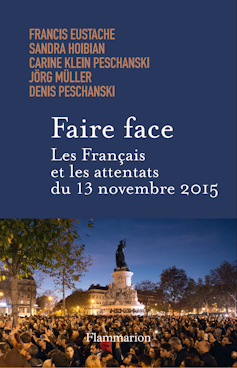
DR, Fourni par l’auteur
-
Le site du Internet du Programme 13-Novembre, Memoire13novembre.fr.
-
Le livre Faire face. Les Français et les attentats du 13 novembre 2015, éditions Flammarion, 2025.
-
Le documentaire 13-Novembre, nos vies en éclats.
Remerciements
L’auteur exprime sa reconnaissance à toutes les personnes qui se sont portées volontaires pour participer aux études mentionnées dans cet article, aux associations de victimes qui ont soutenu ce projet ainsi qu’à tous les chercheurs impliqués, en particulier Denis Peschanski, Carine Klein-Peschanski et Pierre Gagnepain.
Ce travail a bénéficié d’une aide de l’État gérée par l’Agence nationale de la recherche (ANR) au titre de France 2030 portant la référence ANR-10-EQPX-0021. Ces études sont réalisées dans le cadre du « Programme 13-Novembre », parrainé par le CNRS et l’Inserm et soutenu administrativement par l’Université Paris 1 Panthéon-Sorbonne, regroupant 35 partenaires).
![]()
Francis Eustache a reçu des financements de l’Agence nationale de la recherche (ANR) pour le Programme 13-Novembre.
– ref. Programme 13-Novembre : comprendre et réparer la mémoire traumatisée – https://theconversation.com/programme-13-novembre-comprendre-et-reparer-la-memoire-traumatisee-269655

